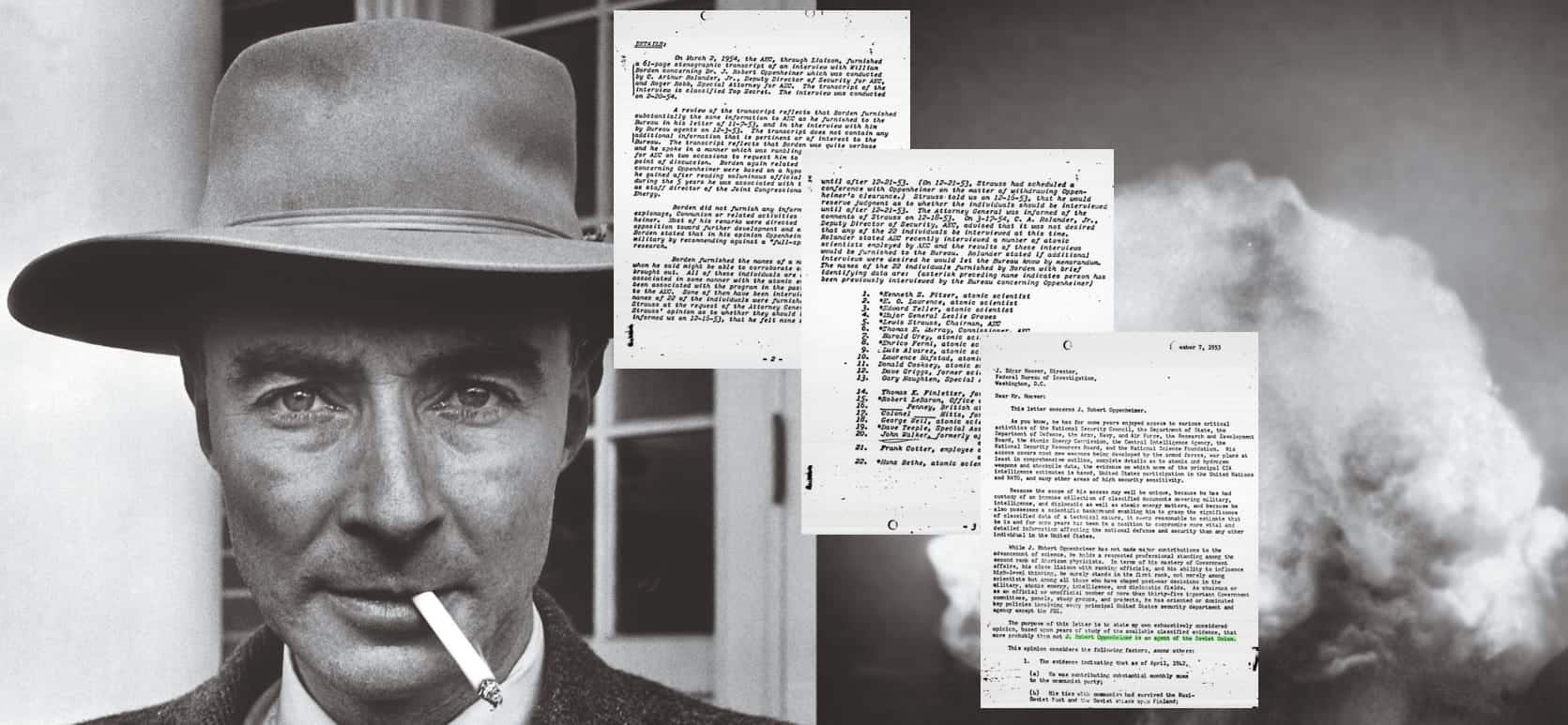│By Jess Briony Hodgson, Gale Ambassador at the University of Sheffield│
Britain has always had a complex identity historically speaking – from Alfred the Great and the nature of medieval kingdoms, through to the fallout from Brexit, the way in which Britons conceptualise their nation and nationality has always been changing – and this makes primary source work all the more interesting.
When using primary sources such as those found in Gale’s digital archives, one main challenge is removing our own understandings of ‘the nation’ from the equation, so we can properly analyse the information and make accurate interpretations and comparisons. One space in which we can see a microcosm of all these changes is print media, particularly newspapers, which will have (for the most part) aimed to capture readers’ opinions and concerns, highlighting the changes in concepts such as the nation.










